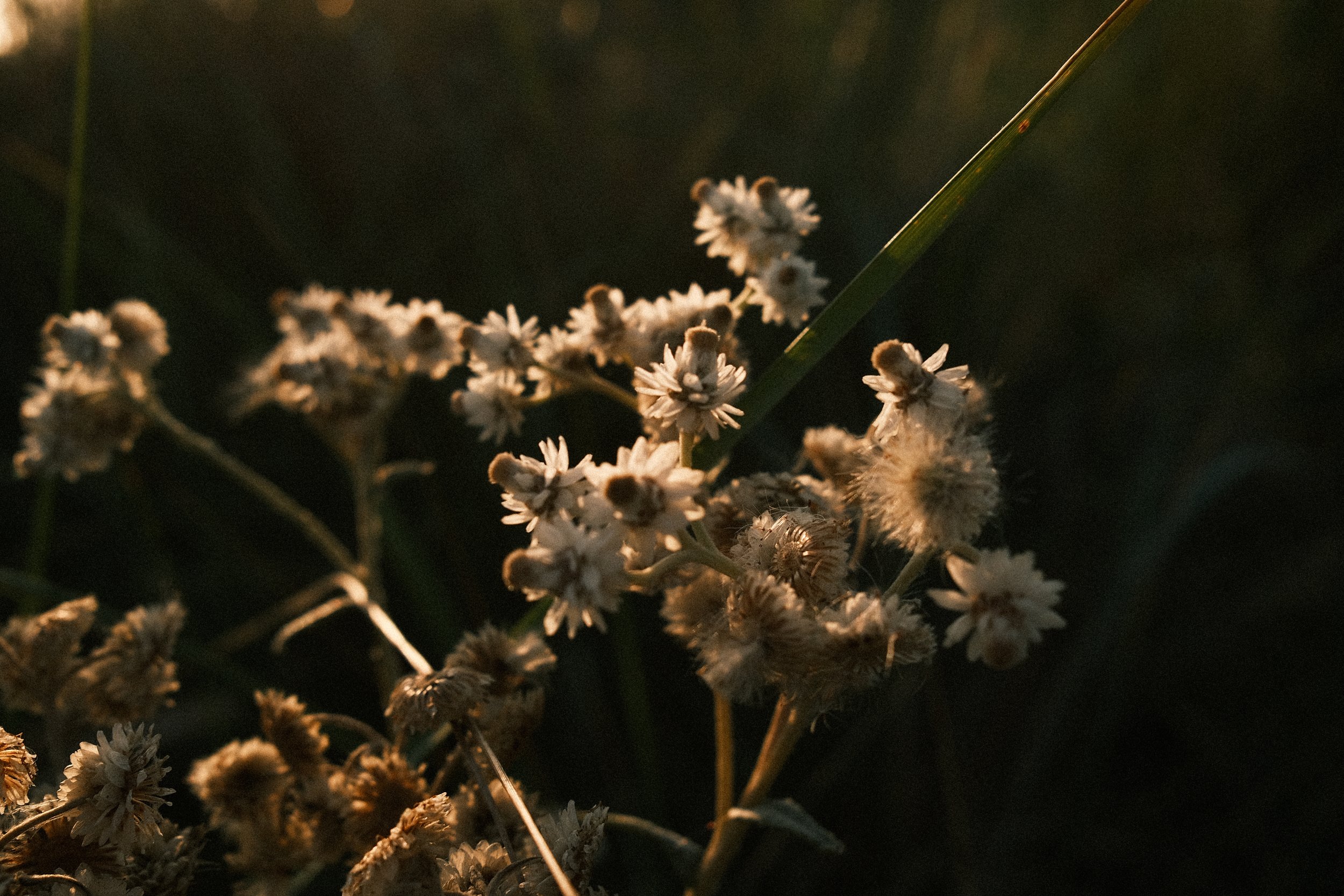Meet the Artist
Rachel Speakman is an artist currently based on the Oregon coast.
She is a graduate of the School of the Art Institute of Chicago, 2020. She owns and operates a gallery and multi-use studio space, Speakman Studios, in Gearhart, Oregon with her family, Jay and Diane Speakman (who are also working artists). The Speakman family has a long history in art, interior design, and antiques. Rachel maintained a painting studio in her family’s interior design store for three years, before opening the Gearhart space in 2023. This background has informed Rachel’s work in recent years— influencing a new series of abstract paintings that incorporate natural objects and elements drawn from the local environment. Visit the studio website to see more on the interior design front, and their current offerings.
Thoughts on the Work
My work focuses primarily on the animal form in sculpture, painting, and illustration. The environment of the Oregon coast has been a main driver of my work in recent years, with herons, owls, fish and local wildlife being common subjects. Digging deeper into my practice, beyond the paintings and pretty abstracts, my main drive is to challenge our relationship to ‘nature’ and mental proximity to the animal. My ongoing research in ecology, natural sciences and human-animal studies help to inform my artistic practice in various ways. This is further influenced by my personal history with commercial fishing, working in fish hatcheries, studying marine biology and engaging in environmental activism.
Our relationship with the natural world has become increasingly complicated, where we seem to define ourselves as human by being separate from 'nature'. We see animals as lesser beings, while also aspiring to them as symbolic characters. My work aims to navigate these semiotics, investigating the representation of 'nature' in Western society and my own indoctrination into the modern approach towards animality.
From the Artist
Let’s be honest here. Being a creative is hard
My practice includes ceramics, sculpture, painting, digital work, and drawing. It also includes learning to run a small business, dealing with clients, books, email lists, event planning, my personal life, and having 10 art related projects going at once. To say that I am an artist is really a blanket term for all the random things that I do. It doesn’t adequately describe it all, and often non-creatives have a hard time understanding the creative mindset, or what is required in running an art business. I get why people are comfortable working a 9-5, it’s steady, predictable and you don’t have to worry about being a one-person-show. I live, eat and breath my business since I am trying to figure out how it all works. My art practice has been sidelined so I can focus on a groundwork. It’s frustrating to explain to people that I don’t just get to paint and do crafts all day. I have made one painting in the last four months, when I can typically produce 5 in a month!
My art practice has split into what feels like separate perpetual tangents. I have the art that is meant to sell easily, destined for that empty living room or bedroom wall, the abstracts and animal portraits. Then I have the darker work, dead things, vultures, taxidermy, and surreal illustrative images of birds and animals. This is the stuff I am compelled by, the stuff I talk about when I write an artist statement, or am interviewed about. It’s more in line with the art for arts sake. Of course there are a thousand things that fall somewhere in between. But what they don’t talk about in art school is managing separate practices. Everyone seems to talk about an art practice as whole, singular and focused. This is not my experience, and I want to be open about that.
I also believe that employing various mediums in an artistic practice expands ones knowledge of form and material significance. Materials are alive and our interactions with them inform our understanding of the world around us. I work in various mediums, and switch between them often. I feel as though each material experience informs one another. A direct example is how sculpture informs my painting and understanding of 2D form. Alternatively, how I throw a ceramic vase is guided by a form best suited for an illustrative surface.
This is all to say that if you are another artist reading this, you may relate to these sentiments of feeling the pressure to do it all, to make the work, to promote the work, to sell the work, and all the other random tasks in between. If you are not an artist and you have read this far, thank you. I hope that I can expand your idea of what is required of small business owners, artists, and people out there choosing to do what they love.
Cheers to you all,
Rachel Speakman


